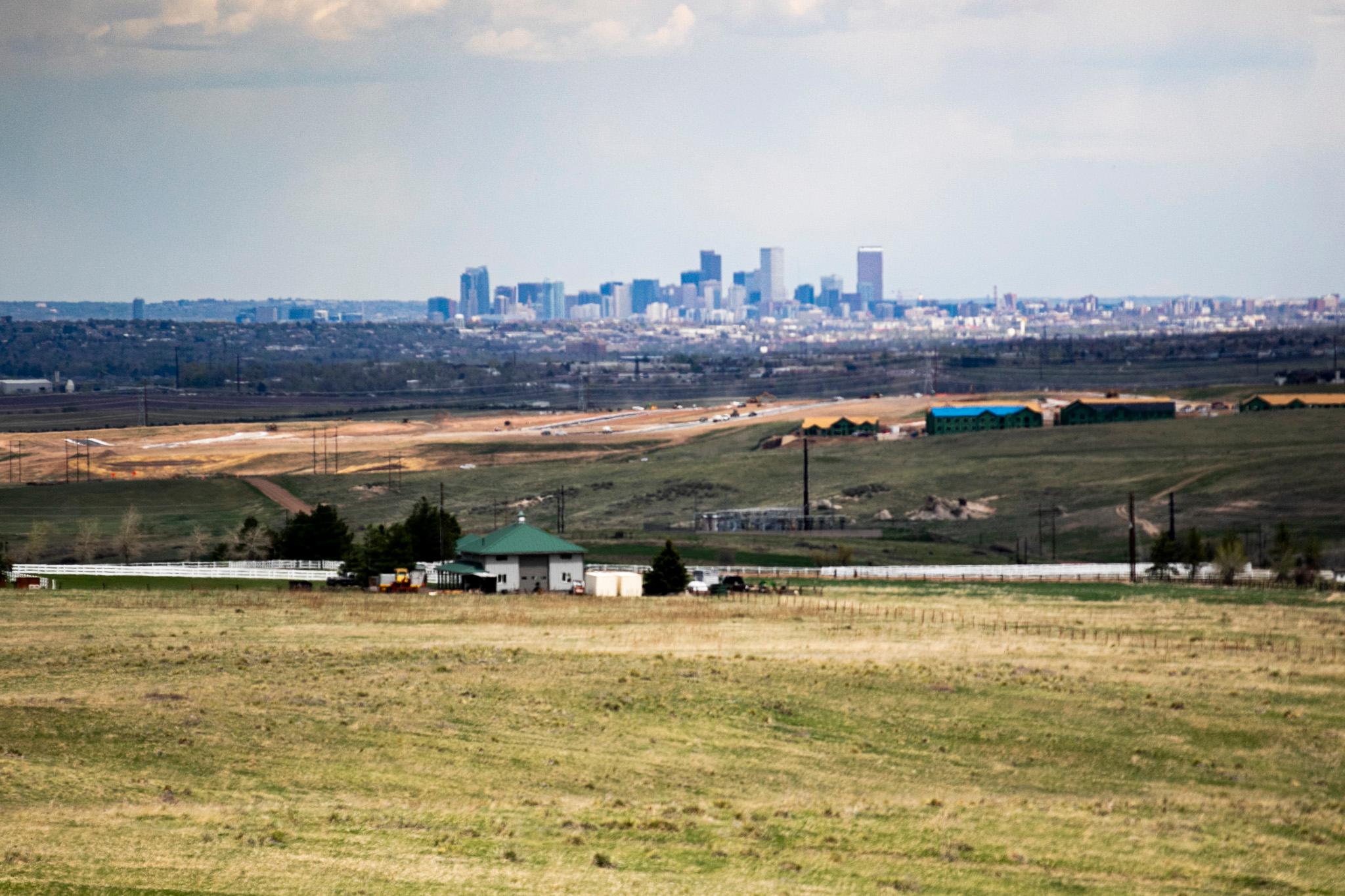
Last month, Denverite looked into the numbers behind who's moving out of Denver and where they went. But numbers only tell part of the story -- we wanted to know more about why people were moving.
One clue seems to be the average incomes for people who moved from Denver, as reported in tax returns for 2014 and 2015:
At one end of the spectrum lies Douglas County, where the average income per return was more than $39,000 higher than any other county. At the other end, Adams County looks like the destination for those who need more affordable options.
Part of the reason that Douglas County seems to attract people with more money is the companies that employ people in the region, says Steve Thayer, real estate broker and incoming chairman of the Denver Metro Association of Realtors.
"Bigger companies like Charles Schwab, Skyridge and Centura hospitals, DirecTV, Liberty Media, they bring higher educated, higher paid employees that bring up the price on housing," he said.
Housing prices are indeed higher in Douglas County, but with that price comes amenities and a sense of community, says Thayer.
"It used to be that when you lived in Douglas County, you had to go to Denver to get things, do stuff or have entertainment. But now there are a ton of amenities that have popped up in the past 10 or 15 years," he said.
Another benefit for Douglas County homeowners is that it's roughly equidistant from Colorado Springs and Denver. Still, when considering Douglas County, it's also about the opportunity to own a new home, Thayer says.
You can also find new housing in Adams County, along with new employment opportunities, but there, it's more about the airport.
In the period from 2010 to 2015, Commerce City and Thornton both had double-digit percentage growth, says Adams County Communication Director Jim Siedlecki.
"They're nice economic development success stories, but they're also in close proximity to DIA. If you look historically at the growth of those two cities since the advent of DIA, they've almost doubled in population," he said.
And though the county doesn't advertise itself as an affordable option per se, Siedlecki says they've definitely seen growth as a result of their affordability.
"Even in the last two years, we've seen substantial growth that I can't quantify right now," he said. "I can tell you that in each of the last few years, we have set records for the number of building permits issued through our Community and Economic Development Office."
Commerce City was at the top of Adams County's growth figures, and the city's director of community development Chris Cramer says they're doing their best to capitalize on the moment.
"The old adage is 'If you build it, they will come.' I don't think that's always the case in real estate. I think that you have to build it, and you have to build it in such a way with other amenities to attract people to come. I think that's what you're seeing in Commerce City," Cramer said.
And so in 2013, voters passed a tax dedicated to parks, recreation, and roads. Within the past four years, Commerce City has built three new parks, a large aquatic center, and is working to expand Colo. 2 and Tower Road, Cramer said.
"I think it started a few years before that tax when the Colorado Rapids decided to locate their stadium here," Cramer said. "We definitely have a vision of being more than a bedroom community."
Did you move away from Denver recently or know someone who did? We want to know why and where you went. Email me at [email protected].











